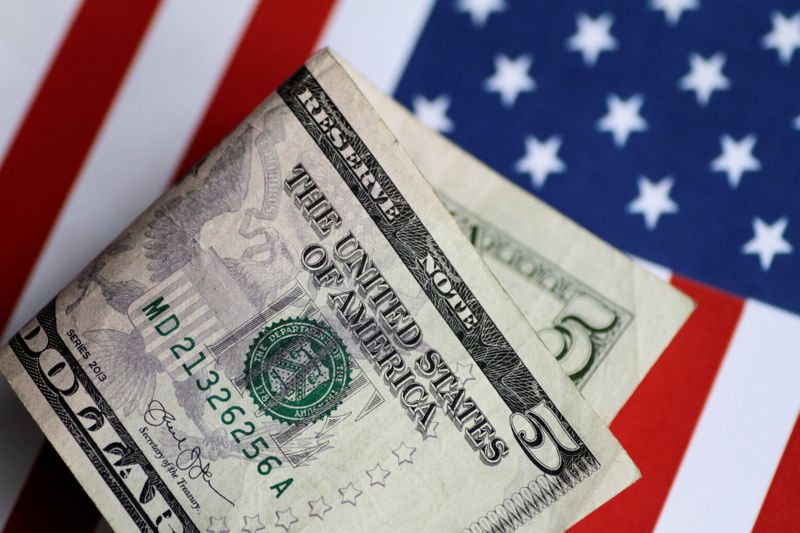By Peter Nurse
Investing.com - The dollar edged higher in early European trade Wednesday, but remains near recent lows ahead of a key U.S. inflation release.
At 2:55 AM ET (0755 GMT), the Dollar Index, which tracks the greenback against a basket of six other currencies, was up 0.2% at 90.287, just above Tuesday’s low of 90.130, seen for the first time since Feb. 26.
EUR/USD traded 0.2% lower at 1.2127, USD/JPY rose 0.2% to 108.83, while AUD/USD fell 0.5% to 0.7804 and NZD/USD dropped 0.6% to 0.7234, with the commodity currencies cooling off after recording recent ten-week tops.
Investors now await the latest U.S. consumer inflation data, due at 8:30 AM ET (1230 GMT), which is expected to show a 3.6% lift in year-on-year prices, boosted by last April's low base. This would be the largest jump since September 2011.
While equity markets have started to fret about what a high inflation number could mean in terms of Federal Reserve policy going forward, currency traders seem to have been calmed by repeated promises of patience from Fed speakers as the dollar remains at low levels.
St. Louis Federal Reserve President James Bullard said on Tuesday he expects inflation could stay as high as 2.5% next year, while Fed Governor Lael Brainard said weak labour data last week shows the recovery has a long way to run.
“The periods of dollar consolidation should be short-lived and shallow, and the expected spike in U.S. CPI close to 4% YoY … should weigh on USD (as it will further depress the U.S. real rate),” said analysts at ING, in a note.
Adding to the idea of further dollar weakening, the latest CFTC data on speculative positioning provided clear indications that bearish sentiment towards the greenback is strengthening again.
“All G10 currencies except sterling saw a net increase in speculative positioning against the U.S. dollar in the week ending 4 May, a sign that USD bearish sentiment is rising again,” added ING.
Elsewhere, GBP/USD fell 0.1% to 1.4129, after the U.K. economy contracted 1.5% in the first quarter of the year, in line with the Bank of England's latest forecast.
That said, sterling has shown strength over the last few days, helped by political risk being factored out, while the country starts a widespread reopening.
“The post Scottish election GBP rebound was fully justified and with the UK economy on the clear reopening path, more gains are ahead for the pound this quarter,” ING added.
